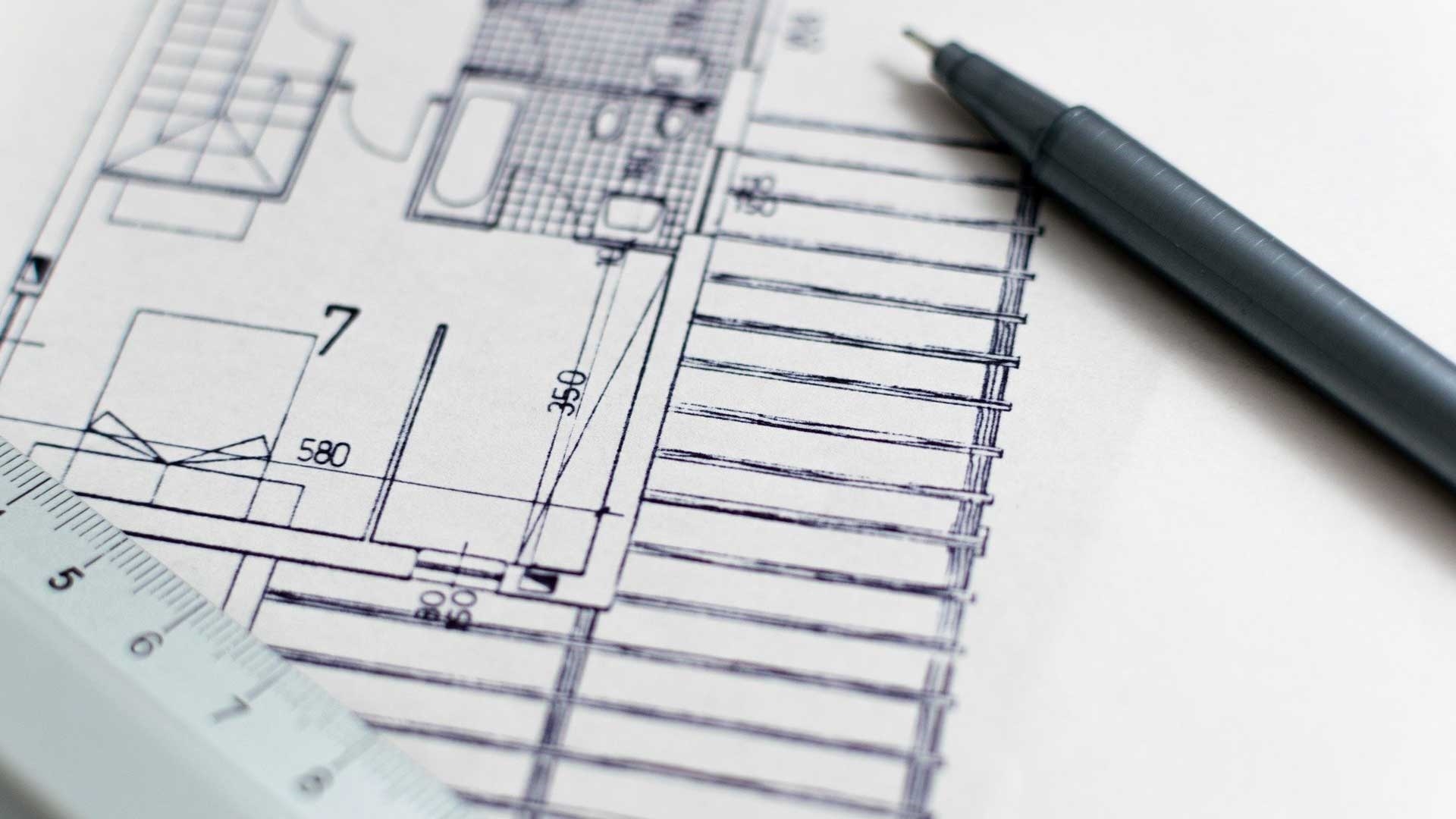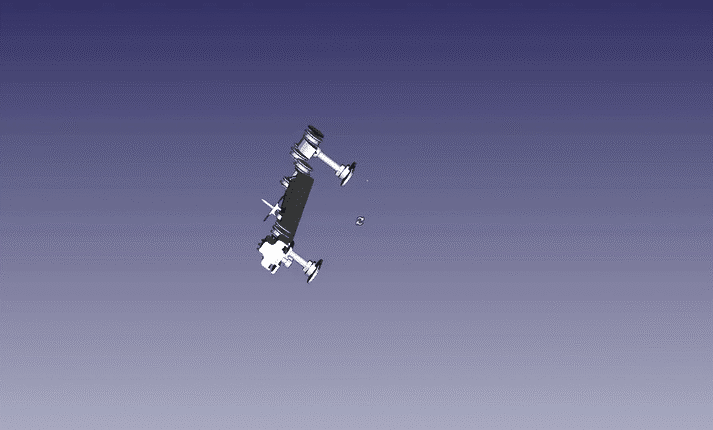Ever since Toy Story was unboxed onto our screens in 1995 as the first fully computer-animated film, 3D animation has grown exponentially. It is being used in almost every industry, sector and service in some way and the adoption of 3D animation is only going to grow in the future.
However, one industry that was ahead of this curve is the manufacturing industry. They have been using a form of 3D animation called Computer-Aided Design, or CAD, as early as the mid-1960s.
Here at Three Motion, we’ve spent a lot of time learning about and researching CAD to understand how it works. We can effectively turn this highly technical and complex imagery into animation which can educate, promote and work for any business or purpose.

To understand the leap from CAD to 3D animation, we must first get a very basic grasp of CAD imagery.
CAD is the product you gain from turning your technical drawings, which are precise and extremely detailed plans for construction or manufacturing, into a basic 3D model. This allows you to see the end product in a visualised, 3D space. Spinning it around and being able to see it as if it existed right in front of you.

Of course, although this is a great way to visualise the product, it isn’t exactly a pretty way. That’s why at Three Motion we take this CAD design and focus on three points to turn it into something that you can proudly show to customers, colleagues, friends and even your family!
Making CAD a creative output
There are three basic parts to adding realism and creativity to any CAD design. Individually they can really improve the look, but once combined it will create a view of your product that can ‘wow’ and impress anyone that sees it, even if they don’t have any background knowledge of your industry.
The first point we transform is the textures. This is, to keep it simple, applying the ‘paint’ to the model. The flat colours of the CAD design quickly stand out as dull and don’t add any excitement to the product. What we do is make sure we balance realism with creativity. Whether it is a metal, plastic, wooden, hard, soft or any other type of surface, we make sure to transform it and look exactly how you want it to be seen. Here we balance many properties such as reflection, opacity, how rough a surface is, whether it is coarse or smooth as well as many other details.
The second point we focus on is the lighting. At first, this might seem like one that isn’t needed but in both animation and video, lighting is one of the most important aspects to making something stand out. Just like a real-world product wouldn’t look very good in low or unflattering lighting, a 3D product also relies on lights to show it off. This is certainly not a one-size-fits-all case and takes a lot of practice and fine-tuning to get the right balance for every object and every scene.
For the last point, but by no means least, we turn our attention to the camera and the movement. This is what really creates that wow factor. It is what helps the audience visualise the product in real-world scenarios. It’s where they can picture themselves driving that car, or using that tool, or buying that item you are selling as it is put into a living breathing world for the audience to see. Using a combination of animation techniques as well as real-world camera knowledge, this is what can really make your animation stand out from others.
Digital & Social Articles on Business 2 Community
(45)